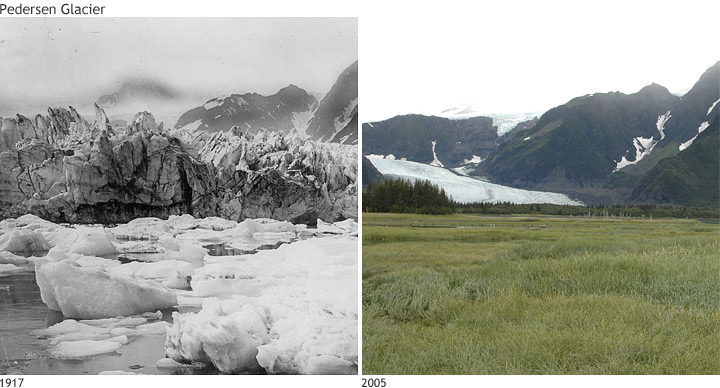According to the study ice melt over the past three decades has steadily increased in the 1990s there was an average global ice melt of 08 trillion tonnes per year. The melting land ice at the South Pole will cause sea levels to rise but the melting sea ice at the North Pole will not.
 Ice Is Melting Ethics In The Arctic Nhbs Academic Professional Books
Ice Is Melting Ethics In The Arctic Nhbs Academic Professional Books
Pupils will then design their own experiment to examine how the melting of ice results in a change in the temperature of the Earths atmosphere.
The ice is melting. The ice is melting in my country He began to tell us his story. Amsterdam Light Festival The Ice is Melting at the Pøules - Martin Ersted UK. In the second experiment the temperature in the black half of the shoe box will be higher than in the white half.
You are going to analyse images of a glacier to consider why images from space can provide a unique and useful view of the Earth. On Sunday afternoon several municipalities have called on people to get off the ice. Thats enough ice to pack into 6324 Empire State Buildings.
When glaciers melt because that water is stored on land the runoff significantly increases the amount of. But these effects are less extreme and less measurable than the changing volume as a result of melting land ice. So of course we brought him in.
Data shows that the polar ice caps are melting. Earths ice is melting faster today than in the mid-1990s new research suggests as climate change nudges global temperatures ever higher. WATCHING A GLACIER A glacier is a huge slowly moving block of ice.
This is because light colours white reflect more. Fifteen years ago there was no melting in the area where he lived except that people noticed for the first time in anybodys memory a trickle of water coming down a glacier. Researchers have revealed that ice on the submerged bottoms of ocean-edge glaciers may be melting at a much faster rate possibly 100 times faster.
Pupils will learn the difference between land ice and sea ice and consider why ice on Earth is melting. He was from Greenland and he said The ice is melting in the north. In the 2004 disaster movie.
Across the world ice is melting at an unprecedented rate The melting of the polar ice caps has often been portrayed as a tsunami-inducing Armageddon in popular culture. The Arctic affects the jet stream causing extreme weather all over the world. A forlorn polar bear stranded on an ice floe - the living symbol of global warming melting the ice caps.
Ice is melting seven times faster now than it was in the 1990s. From Antarctica to the Arctic the worlds ice is melting faster than ever according to a new global satellite survey that calculated the amount of ice lost from a generation of rising. Greenlands accelerating rate of ice melt is one of many major changes in the region.
By 2017 there was an average of 13 trillion tonnes per year. Altogether an estimated 28 trillion tonnes of ice have. Estimates of how much Greenland and Antarcticas melting ice contributes to sea-level rise vary though scientists have been consistently improving their models.
Teach with space - the ice is melting PR13b In this activity you will look at a specific case of ACTIVITY 4 melting ice. CNN Weve known for some time now that Greenlands ice sheet is melting at an alarming rate. In total the rate of ice loss has increased by 65 percent between 1994 and 2017.
Sea ice forms and melts strictly in the ocean whereas glaciers are formed on land. They will practically investigate the respective effects of the melting of land ice and sea ice. Icebergs are chunks of glacial ice that break off glaciers and fall into the ocean.
Officials warn people to get off the ice There are warnings that the ice has started to melt in various regions in the Netherlands. The amount of sea ice in the Arctic Ocean has been decreasing in recent decades. Note that indirectly melting sea ice can lead to rising sea levels through changing properties such as the salinity density and current.
Permafrost in Arctic tundra has been thawing rapidly too. It is melting land ice that mostly leads to rising sea levels. Weve all seen the pictures.
The ice is melting. One study estimates that since the satellite record began in the 1990s the two ice sheets have contributed a total of 178 millimeters to sea-level rise. The Arctic used to be white but now its turning blue and absorbing more heat in a feedback loop.
Meltwater carves into the ice sheet near the Sermeq Avangnardleq glacier in Greenland in August 2019.





